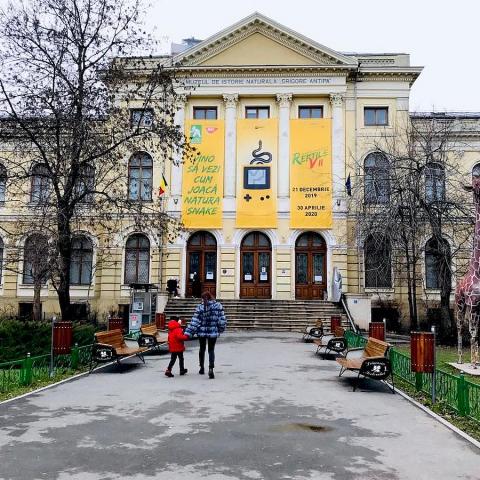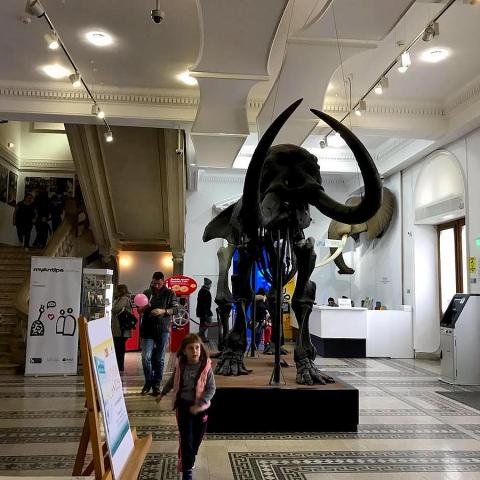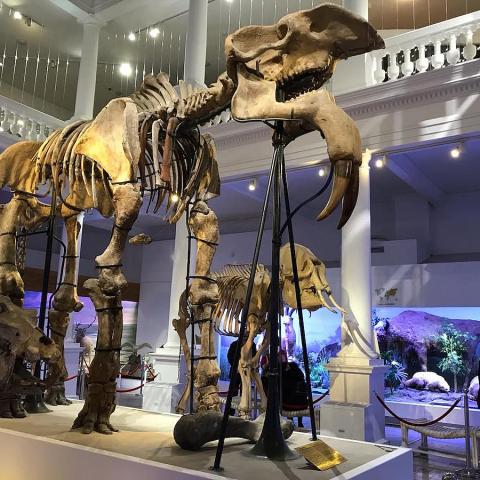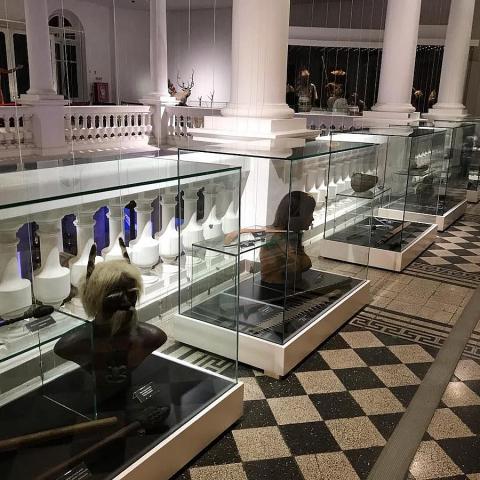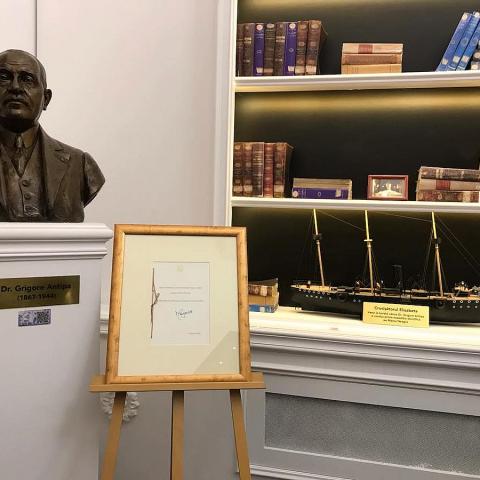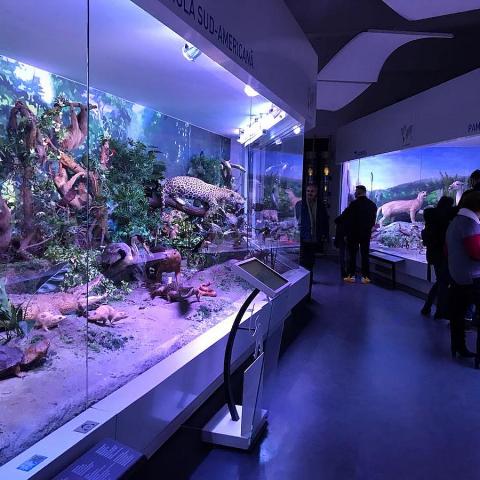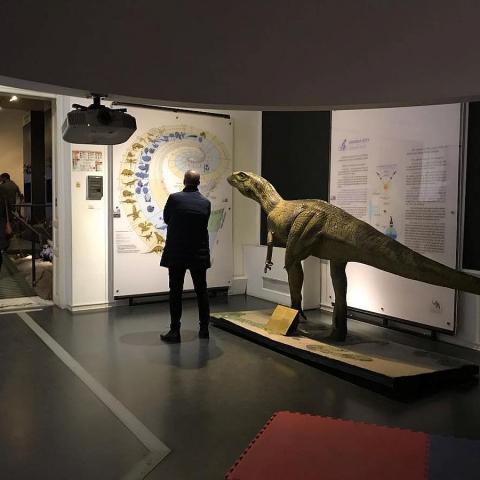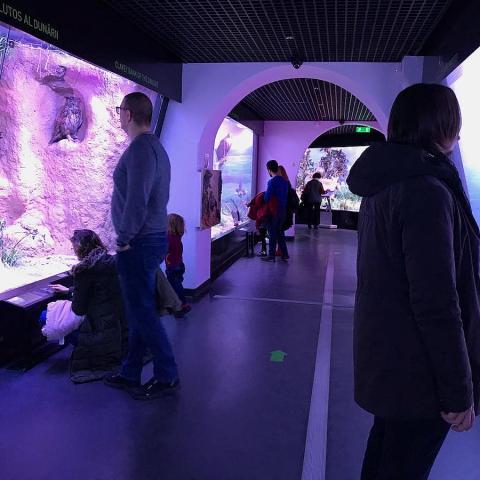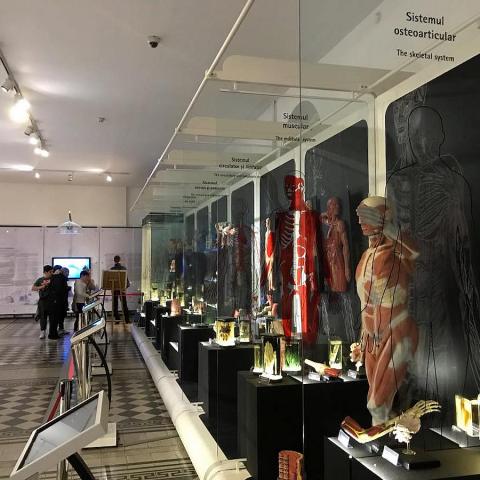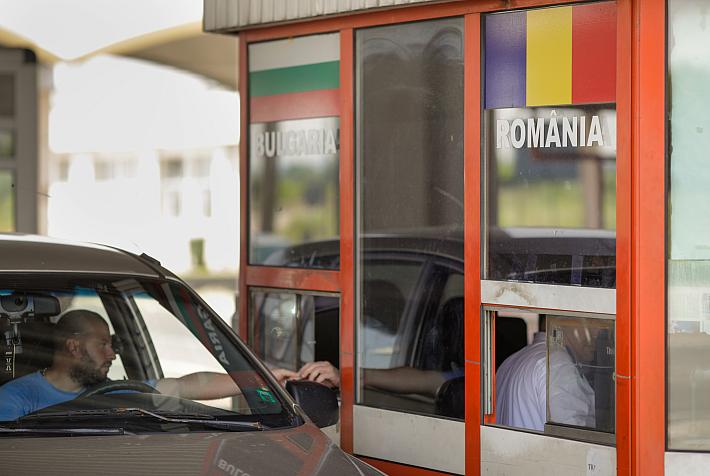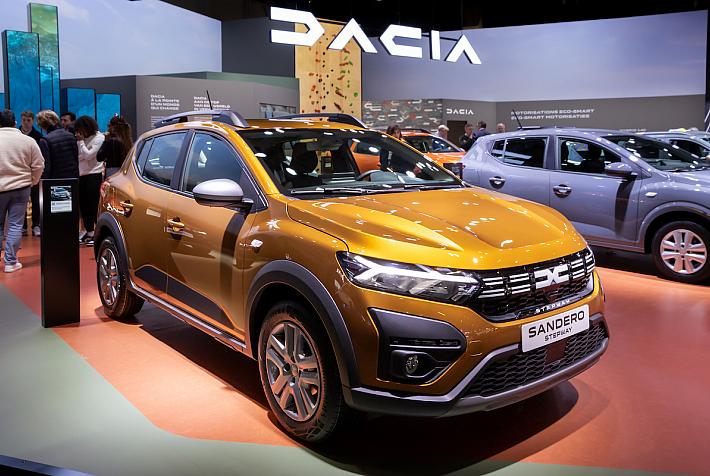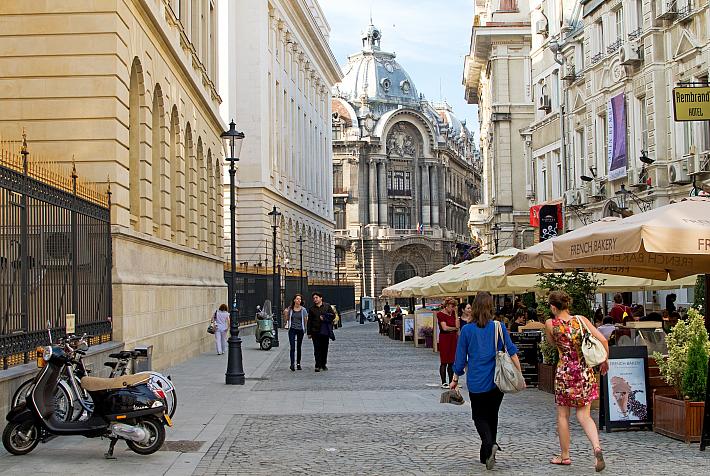“Destination: Bucharest” – A visit to Antipa Museum, a destination for the whole family

The “Grigore Antipa” National Museum of Natural History, which the Bucharesters simply call the Antipa Museum, is one of the most interesting and famous museums in the Capital. Interactive, fun and educational, the museum attracts large numbers of visitors every day, including many families with children. The journey through the natural habitats of the world is a real adventure for the kids, who are curious to discover animals or birds they’ve never seen before, but also happy to recognize those they already know.
We join the large group of people waiting for the traffic light to turn green. It’s weekend and the bustling Victoriei Square is full of people and cars constantly moving on the streets and sidewalks. We cross the street and head towards the “Grigore Antipa” National Museum of Natural History. Before us, a young couple is already climbing the museum’s stairs, explaining to their child what they are about to see inside.
The Antipa Museum is easy to spot, as a cute giraffe greets the visitors. It’s a statue, of course, which in time has become the symbol of this museum and even a meeting point for Bucharesters. We also climb the stairs and enter the museum.
The first thing we see is a huge skeleton of American mastodon, a first exhibit that immediately introduces us to the atmosphere of the museum, making us even more curious. We already know that the permanent exhibition, which is truly impressive, also includes a skeleton of the Deinotherium gigantissimum. Deinotherium translates as the “frightening giant animal” and we are more than eager to discover this famous exhibit.
But first we join the queue at the at the ticket office. The museum is usually crowded, especially in weekends, but this gives us time to admire the two African elephant trophies hanging on the entrance hall’s walls. Many more similar trophies are waiting to be discovered inside, in a room dedicated exclusively to them.
The permanent exhibition of the Antipa Museum is organized on three levels: the Biodiversity of Romania is presented in the basement, the ground floor is dedicated to World fauna, while at the first floor the collections are split into various themes related to natural history. The tour starts from the basement and we have to take the stairs to get there; the stairs are located on the left side of the entrance hall, right next to the souvenir shop.
The whole atmosphere changes when we reach the first level of the exhibition. We enter a rather obscure room, where the only light, of an aquatic blue, comes from the first three-dimensional showcase dedicated to Black Sea creatures. The Antipa Museum presents its exhibits with the help of dioramas, these three-dimensional showcases that present the animals and birds in their natural environment, in a very realistic way.
We quickly discover the infotouch systems, which, with every double click, give us details about the exhibits in front of us, both in Romanian and in English. Of course, as the children are the most curious visitors, they are the ones using these systems the most. Some read the information on these screens by themselves while others ask their parents to tell them the secrets of their favorite exhibits.
There are also other information systems that provide details about the exhibits’ habitats. In addition, the exhibition also includes special panels for the visually impaired: they can use their fingers to touch models of the exhibits in bas-relief, which are accompanied by information in Braille.
After the aquatic world we discover life from different bioregions of Romania, including the famous Danube Delta, which we recognize immediately, with the exhibits’ help. “I also saw little egrets in the Delta,” says a little girl, happy to recognize the birds in the diorama. After a while she adds: “This really looks like the Delta, daddy!”
We continue our adventure at the first level and discover, along the way, the ecosystems from the region of Bărăgan, from the hill forest, or from the Carpathian Mountains, but also the extinct fauna of Romania. We then enter a dark cave where we hear noises of bats while passing by stalactites and stalagmites, but also by skull molds and an incomplete cave bear skeleton. This level ends with the section dedicated to the North Pole and the extreme living environment.
We climb a few stairs to reach the ground floor, which is the second level of the permanent exhibition, where we enter the fascinating world of the seas. Some penguins are watching us from a corner of the three-dimensional showcase dedicated to the Arctic seas. A curious boy stops at the infotouch and, after a while, he exclaims enthusiastically: "Look, one of them is the chinstrap penguin!"
We then discover many of the underwater world’s creatures, all presented in detail in their dedicated dioramas. Among them, the great white shark, the sawfish, different species of turtles, the tub gurnard and the smooth hammerhead.
We follow the arrows on the floor to reach other sections of this level, where animals from the South American jungle, Madagascar, India, the Australian jungle, New Zealand or North America are exhibited. The kids recognize some of the animals because, as they say, they’ve seen them before in magazines or encyclopedias. But they ask a lot of questions about the ones they don’t know and their parents respond promptly or turn to the infotouch systems when they don't know the correct answer. They all smile when they discover an animal with a strange name, happy to learn new things together.
We arrive in a large hall where we see the museum’s star - the skeleton of Deinotherium gigantissimum, one of the largest mammals that ever lived on Earth - exhibited right in the middle of the room. And the fact that it was put on display between an Asian elephant's skeleton and a hippopotamus's skeleton helps us understand how big this animal actually was. Of course, all those seeing an elephant are impressed by its size, but the Deinotherium gigantissimum, with a height of over 4 meters and almost equally long, was a giant. Paleontologist Gregoriu Ștefănescu discovered this skeleton in 1890, in today’s Vaslui county. A discovery with an international echo given that, at the time, it was the first, almost intact, Deinotherium skeleton.
Most visitors stop to rest on the benches installed in this hall. The kids, however, don’t seem at all tired. They walk from one exhibit to the next, as they’re still very curious and excited.
We go up to the last level where we get to see yet another impressive exhibit: a skeleton of humpback whale hanging from the ceiling, which is as long as the entire wall. This area is called the “Sea Giants” and includes other skeletons of narwhal, common bottlenose dolphin or walrus.
We then enter a special area called "The Office of Grigore Antipa,” where we meet the man who has run this museum for 51 years, contributing decisively to the construction and development of this institution. In fact, the museum is named after him today. In this space, designed to bring visitors closer to Grigore Antipa, there is even a bust of the great scientist, displayed alongside books and other personal objects.
The space dedicated to rocks and minerals is next and the children seem less interested in it at first. The fluorescent minerals get their attention, however, and then they discover, one by one, gems and rocks of strange sizes and shapes.
The dinosaur standing at the entrance to the fossil room immediately attracts our attention. Thus, we also go to this area where other fossils are presented in a unique way: some can be seen through the glass floor, while others, such as the complete skeleton of giant deer and the cave bear’s skeleton surprise us as we discover the secrets of this room.
We move on and step into the world of insects, where we find an impressive collection of butterflies and other insects, accompanied by surprising information and details. Next, the arrows on the floor guide us to many other interesting things, such as the trophy room or the area dedicated to peoples of the world. A little further on, a family stops at the exhibits presenting the human anatomy, explaining to the children how the human body works. There are many interesting things explained here, about the muscular system, the nervous system or the sense organs.
The stairs at the end of the tour take us back to the entrance hall, where we once again have the chance to take pictures of the skeleton of American mastodon, which seems to be watching over the entire room. But our adventure does not end here. The museum also houses a temporary exhibition of live reptiles these days, so we buy tickets and head over there.
We pass through the souvenir shop and have our tickets checked when we hear one of the junior visitors saying: “Look, daddy, there’s a viper!” It’s an exhibition of live snakes but everyone is safe, the reptiles being exposed in special aquariums. We see, one by one, boa snakes, vipers, rattlesnakes and even an Egyptian cobra. All the aquariums are accompanied by information about the reptiles. In addition, to make the whole experience even more interesting, the organizers have also prepared shed snake skins that the visitors can touch.
With an impressive scientific heritage, numbering about 2 million copies of invertebrates and vertebrates, the "Grigore Antipa" Museum is one of the most beautiful natural history museums in Europe. Plus, the children never seem to get bored here, the museum being one of the top destinations for families with children in Bucharest.
Useful information:
The “Grigore Antipa” National Museum of Natural History is located in Victoriei Square, at 1 Kiseleff St. If you choose public transport, the nearest subway station is Piața Victoriei, but many buses or trams also have stations nearby, including those serving lines 300, 381, 783, 205, 24, 42, 45 and 46.
During the winter period (November-March), the museum is open from Tuesday to Friday between 10:00 and 18:00 and on Saturday and Sunday between 10:00 and 19:00. During the rest of the year, the Antipa Museum is open from 10:00 until 20:00, from Tuesday to Sunday.
Tickets cost RON 20/adult but pensioners, students, holders of Euro 26 cards and those with ISIC and IYTC cards benefit from discounts. Those who want to take pictures inside (no flash, including mobile phone) have to pay an additional fee of RON 10. An audio guide also costs RON 10.
The museum organizes guided tours for groups of up to 20 people from Tuesday to Friday. Such tours must be booked at least seven days in advance.
The "Grigore Antipa" Museum also organizes educational programs and events throughout the year, as well as temporary exhibitions such as the one of live reptiles, which is on until April 30, 2020. Admission to temporary exhibitions is paid separately from the permanent exhibition. Tickets for the live reptile exhibition cost RON 15.
Further details are available on the museum’s website – Antipa.ro.
This material is part of a project under the program of promoting the touristic heritage "Destination: Bucharest", carried out by the Bucharest City Hall through the Public Monuments and Touristic Heritage Administration (AMPT).
Photos by Romania-Insider.com for AMPT








